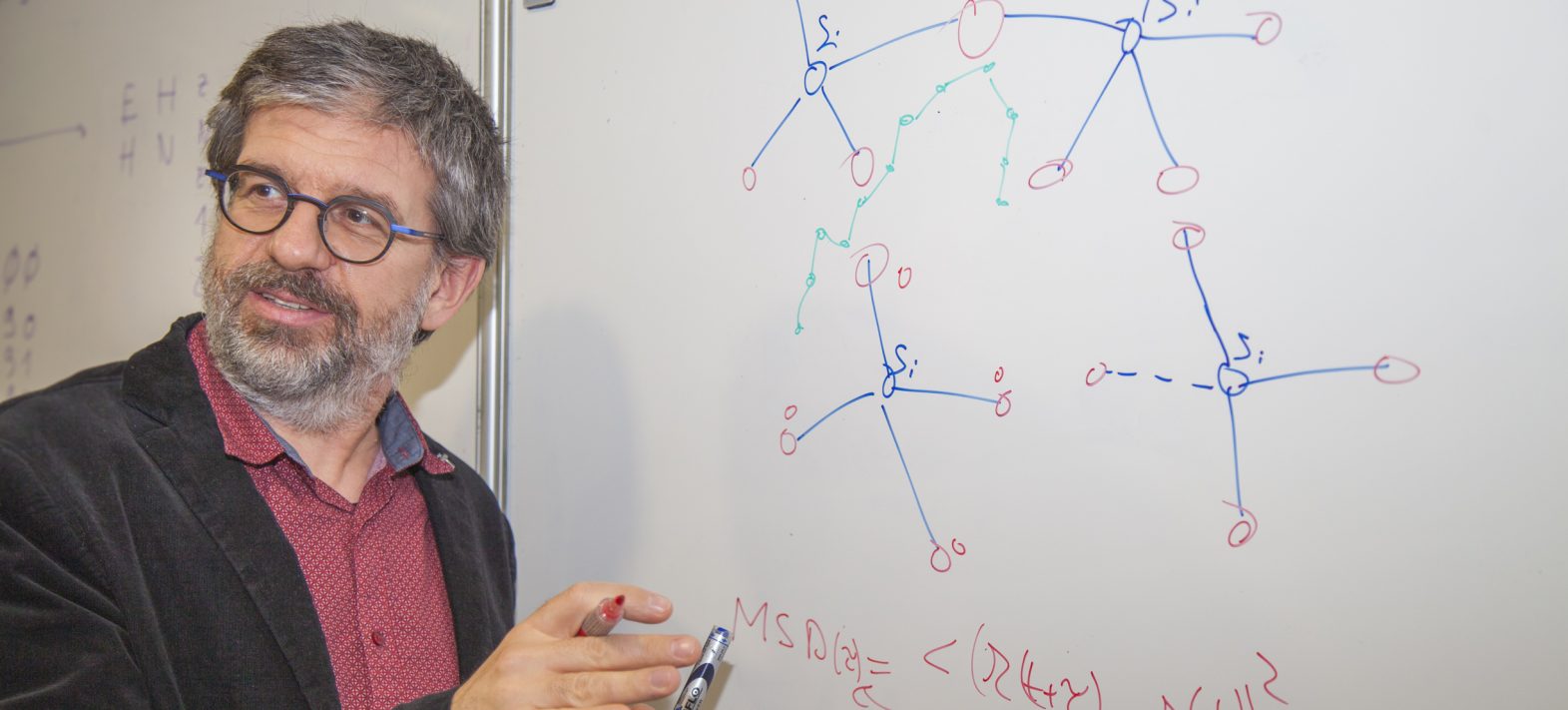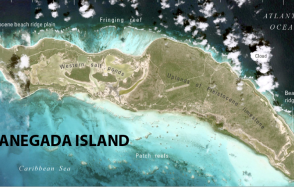Razvan Caracas receives the Dana Medal from the Mineralogical Society of America
Razvan Caracas is a CNRS Senior Researcher in the Cosmochemistry, Astrophysics and Experimental Geochemistry team at the IPGP. He received the Dana Medal of the Mineralogical Society of America (MSA), of which he was also elected Fellow, and became a member of the Academia Europaea.

Publication date: 04/03/2024
Awards and Distinctions, Press
Related teams :
Cosmochemistry, Astrophysics and Experimental Geophysics (CAGE)









